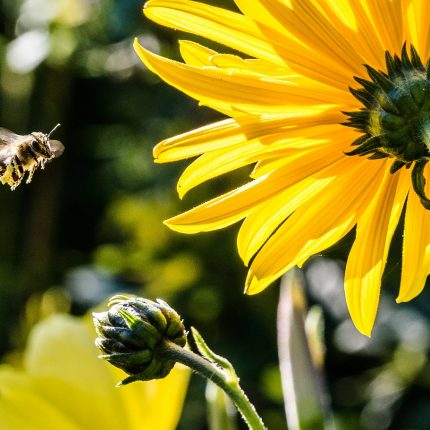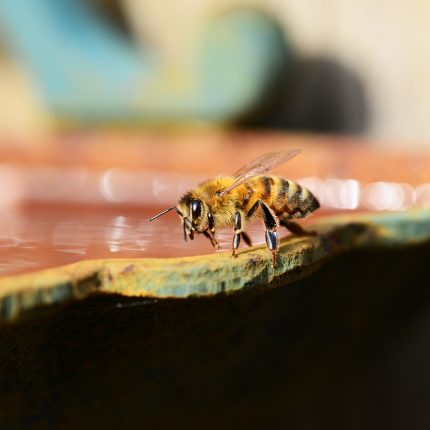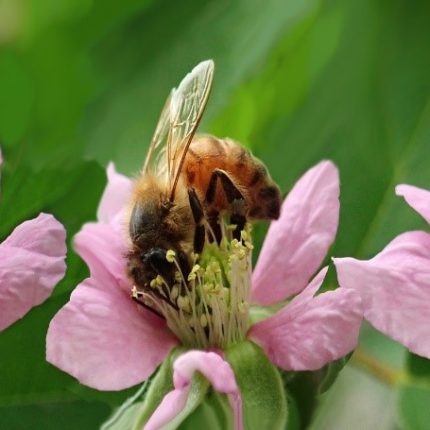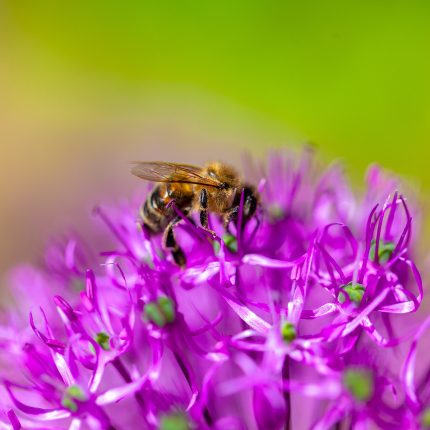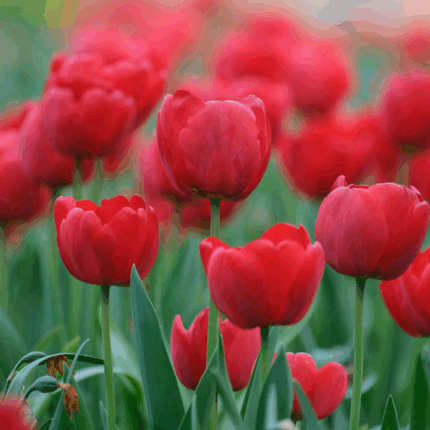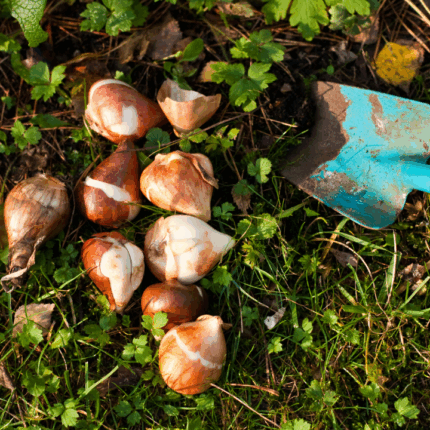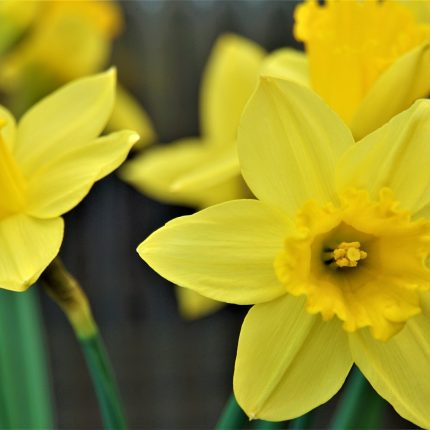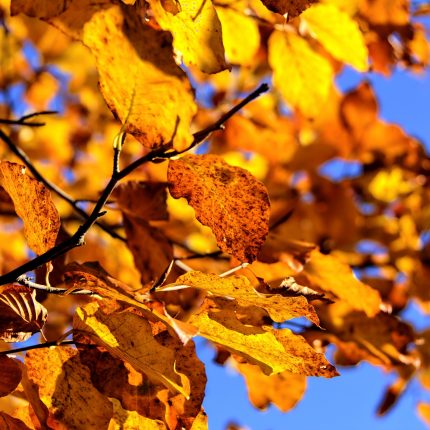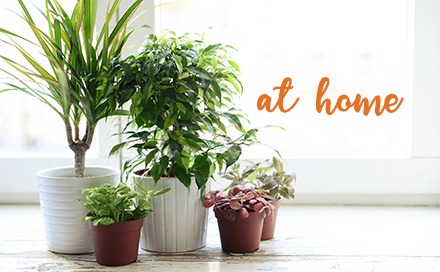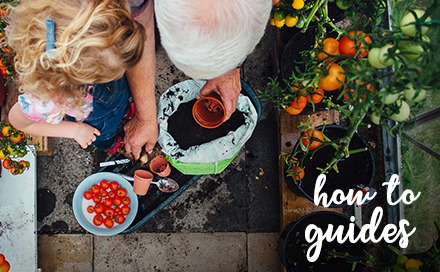Bee Kind, Plant Tubular Flowers
Tubular-shaped flowers are an important food source for long-tongued garden bumblebees!
Foxgloves
Foxglove are a biennial hedgerow plant with colourful and tubular flower bells. They can grow up to 1.5m high and make a great addition to any garden.
Because foxgloves are biennial, they will establish and grow leaves in their first year, and flower and produce seeds in their second year. New seedlings should grow all over your garden giving different patterns each year. With this in mind, be sure to leave plenty of space around your foxglove when planting.

To collect seeds from your foxgloves, cover the flowerspikes with a paper bag, and shake them once the seedheads have dried.
Foxglove should be ideally planted in a semi-shaded area with soil rich in humus, although they are generally hardy and will tolerate almost all conditions.
Foxgloves need to be watered regularly once planted. After flowering, cut faded stems to ground level, unless you want to collect seed for future sowing. In this case you should only cut the faded stem after the seed has been collected or shed.
Honeysuckle
Climbing honeysuckle are self-clinging but require support from plant ties and bamboo canes when they’re young.
Aphid infestation can be a big problem with honeysuckle. Aphids excrete honeydew which can lead to mould on the plant. Be sure to carry out aphid control measures to prevent this from happening.
Honeysuckle can be planted in similar conditions. To attract more pollinators to your honeysuckle, plant it in a warmer area for a stronger scent. This will attract bees by day and moths at night. Your honeysuckle should slowly change colour once pollinated.
Climbers do not require pruning as they flower on the current season’s growth. The wild honeysuckle, can be cut back by a third after flowering. All climbing types can be cut back in spring if they have outgrown their space.

Penstemon
Penstemons are a great perennial plant that self-seed throughout your garden, similar to foxgloves. They are generally pink or purple making them very attractive for bees, while also adding great colour to the garden.
Its tubular, hooded shape along with its wide opening allows easy access for bumblebees.
Get in Touch!
If you have any questions about planting any of the above be sure to contact us on social media- @CountryLifeGC (Links in footer). If you have a specific problem such as pest damage it’s really helpful to send us a picture- we’d love to help!

